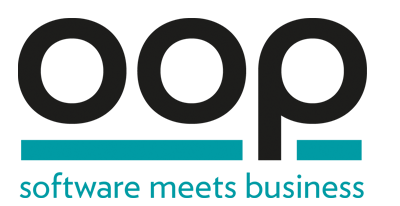
SOFTWARE MEETS BUSINESS:
Die Konferenz für Software-Architektur
03. - 05. Juli 2023

SOFTWARE MEETS BUSINESS:
Die Konferenz für Software-Architektur
03. - 05. Juli 2023

Good design of software systems, much like good product design, requires immersive knowledge of the problem space. And yet we often optimize solution architecture primarily for execution, making crucial decisions about structure and technology upfront, when we still know little about the problems they are supposed to solve.
This talk will present an alternative: An incremental, evolutionary approach to building complex systems, grown holistically from the inside out, starting with the business, and optimized for fast feedback and learning.
Target Audience: Architects, Developers, Heads of IT
Prerequisites: Knowledge of design patterns and DDD basics recommended
Level: Advanced
Extended Abstract:
When we design systems from scratch, especially complex distributed systems, we tend to make far reaching decisions at a very early stage – at a time, when we have the least knowledge about the underlying business problem. But some issues are impossible to solve just by assumption, and even with great experience, it's quite common to get the first design at least partially wrong.
Unfortunately, the first design is also often the one that ends up being implemented.
On a technical level, this has immediate consequences: If we assume boundaries in the wrong place, or forget or omit important aspects of communication, we can end up with brittle services, performance issues, and needlessly coupled modules and components, which are painful to maintain and deploy.
On an organisational level, misplaced boundaries and unfortunate design decisions often lead to entire team structures and workflows in all the wrong places, thus creating immense communication overhead, or worse: active prevention of learning and improvement for the rest of the project lifetime.
One way to mitigate the impact of those decisions, and to verify our initial assumptions, is to start implementation not with a complete solution architecture in mind, but rather with the smallest possible footprint: A plain, but fully operational prototype of the domain model, which we can stress, observe, and explore – and change easily, if we run into problems. This way, we can actually _see_ our design work, and gain valuable insights.
As a side-effect, we can also deliver customer value much earlier, by using the raw domain model to power UX/UI prototypes – replacing fakes and click-dummies with a working application.
As a team, we can learn and improve together, making important decisions when they are needed, adding layer by layer of additional (technical) complexity in small, incremental steps, until we are truly ready to scale out.
By combining UX prototyping, Domain Driven Design, and making use of the fractal nature of large-scale systems, we can highlight difficult or problematic choices early, improve fundamental architecture decisions with low risk, and ultimately develop not only to better solutions, but also to a better and more sustainable software development process.
Tobias Goeschel started his career as a freelance web developer in the late 90s and has since worked on hundreds of projects of varying sizes and lengths - from a single person to multiple teams, from a few days to several years - and in many different roles: Consultant, crafter, coach, and... well, architect. He is a strong advocate of diversity and inclusion in the tech industry, and an active member of the European Software Crafters and Domain Driven Design communities.